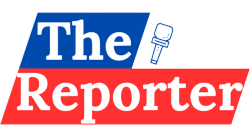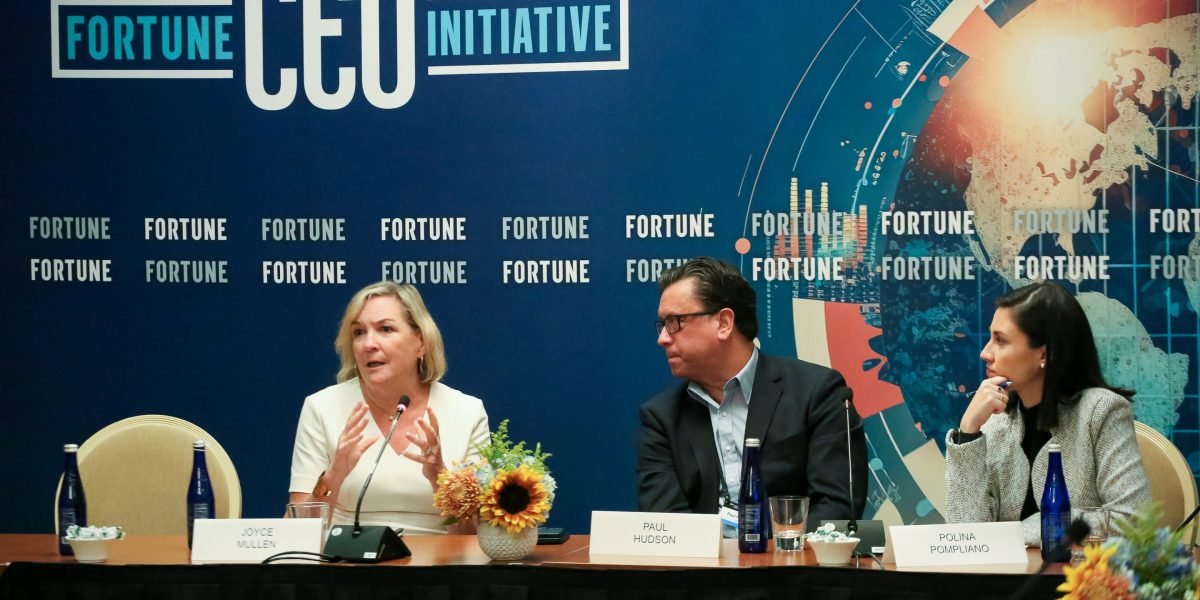The Fortune CEO Initiative is dedicated to helping business leaders find ways to promote social progress as part of their core strategies. This opinion piece is based on a discussion among CEO members during the Fortune CEO Initiative Annual Meeting held Oct. 3, 2023, in Washington, D.C. The authors are CEOI members.
As companies move to create a blueprint for successfully using artificial intelligence, those who understand the benefits and practical applications of AI can differentiate themselves in setting a new standard. Almost anyone can use AI to their advantage to increase productivity and efficiency. AI can also often eliminate tedious work like repetitive tasks that are not fun, killing those timewasters and increasing team member engagement dramatically.
As leaders, we are sensitive about concerns around AI. Our message to employees is: You are valuable, and we want to use AI to enable you to do more meaningful work—not replace you. AI can spark innovation, help make decisions faster, and unlock opportunities to go after new revenue streams.
At Sanofi, our ambition is to become the first pharma company powered by AI at scale. In our industry, we need to improve the probability of success, especially with drug discovery, so we can accelerate the time it takes to deliver breakthrough medicines and vaccines to patients. Today, 22,000 Sanofi employees have access to AI, and 10,000 are using it daily to make better decisions, faster.
In the labs, “expert” AI is giving our scientists the opportunity to benefit from massive computing power, machine learning, and trained algorithms for expanding the druggable universe. Also, “snackable” AI is being used across the organization, giving employees access to aggregate data—including procurement, manufacturing and supply, finance and more—providing more insights for better outcomes, end to end.
When Sanofi went live with its AI app, the quality of the data was not satisfactory. Some staff said the results were not reflective of their work, but it was their own data and they needed to fix it. Before AI arrived, employees saw organizing their data as a monster task. But when data was curated by AI, and reflected poor performance, it was easy to get people on board. That was a win for the company.
Sanofi’s AI app provides curated data from each department and instantly generates cross-company analysis. It shows what’s going well and where there are potential problems. Then it suggests how to fix those problems. If AI is just an add-on, but you don’t change the business processes and review things routinely, you won’t get the benefit.
Based on our experiences at Insight helping the world’s largest enterprises transform their business with new digital strategies, Sanofi is in the minority on implementing AI, and what Paul describes is nirvana. However, the many companies that we work with every day are trying to figure out how to take the first step to get where his organization is. Many companies are still dealing with technical debt and messy data houses that need to be addressed first.
Insight is a solutions integrator, meaning we put hardware, software and services together to deliver outcomes driven by technology. Because of what we do, Insight, like Sanofi, has been in a position of power as it relates to AI. We saw an immediate opportunity when generative AI hit the public domain to use ourselves as a test case to demonstrate to clients the possibilities of AI.
We rolled out InsightGPT to our employees to bring them into the innovation process—and it worked. For example, we needed a better way to manage and search our contracts, so we asked our team to use AI to solve the challenge. Two weeks later we had an AI-driven solution for quickly generating new contracts based on similar deals in our database, which ultimately meant we did not have to buy a contract management system.
The second thing we’ve seen is that almost everybody can become a developer. We have an employee in our warehouse who was doing soul-sucking work trying to figure out how to move data from one place to another. He asked InsightGPT how he could do the task using AI, got some instructions, and wrote the code that resulted in significant time saved when processing tens of thousands of orders annually. HR similarly used the tool to analyze and aggregate internal survey data in new ways, saving the team one to two weeks.
However, if you are just getting started, your success is directly linked to your data house being in order. From there, the priorities are as follows with training and development as a recurring undercurrent:
- Establish a safe environment
- Implement clear policies with legal’s oversight
- Crowd source use cases from across your organization
- Prioritize the further development of use cases based on ROI
AI will both replace things that exist and enable things to come, and the magic is in the opportunity. It’s compelling to see that the world is moving to a different level, allowing big companies to move so nimbly. We must integrate AI with care and speed in our organizations and show positive impact. The resulting force will be unrivaled for companies that embrace it.
Paul Hudson is chief executive officer of Sanofi. Joyce Mullen is president and CEO of Insight Enterprises.





